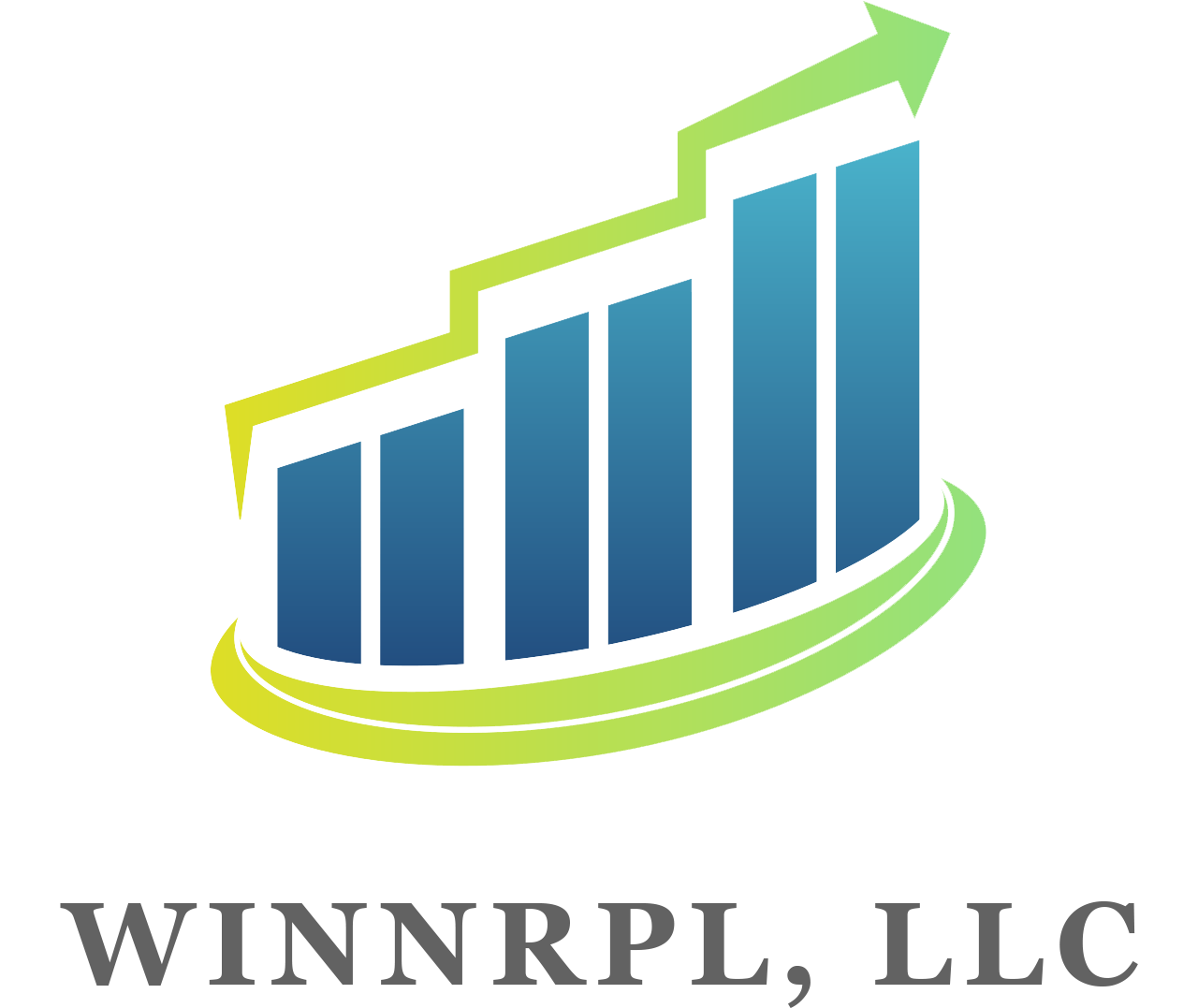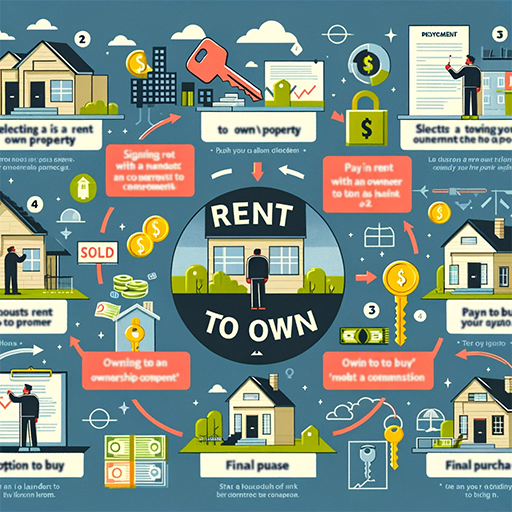Is Rent-To-Own The Best Path To Home Ownership For You?
Buying a house is a big decision and can be a daunting process, especially if you don't have the means to purchase a home outright. This is where the rent-to-own method comes in, which provides a viable alternative to traditional methods of buying a home. In this article, we will discuss what rent-to-own is, how it works, its advantages and disadvantages, and how to successfully purchase a home using this method.
What is Rent-to-Own?
Rent-to-own is a real estate agreement between a tenant and a landlord that provides the tenant the option to purchase the property they are currently renting at some point in the future. This agreement usually lasts for a predetermined period, typically two to five years, and the tenant pays rent to the landlord during this period. Additionally, a portion of the rent paid is set aside as a down payment towards the purchase of the property.
The terms of the agreement are usually laid out in a contract that specifies the purchase price, the length of the lease, the amount of rent, the portion of the rent that will go towards the down payment, and the option to purchase the property. The tenant can exercise this option at any time during the lease period or at the end of the lease period, depending on the agreement.
How Does Rent-to-Own Work?
Rent-to-own works by providing the tenant with the opportunity to rent a property while also having the option to purchase it in the future. This option is usually accompanied by a premium, which is a percentage of the purchase price that the tenant must pay to secure the right to purchase the property.
For example, let's say a tenant wants to purchase a property that is currently valued at $250,000. The landlord agrees to a rent-to-own agreement and sets the purchase price at $300,000, which includes a 20% premium. The tenant agrees to pay $1,500 per month in rent, with $300 of that payment going towards the down payment on the property.
Assuming that the lease period is five years, the tenant will have paid $18,000 ($300 x 60 months) towards the down payment at the end of the lease period. If the tenant decides to exercise their option to purchase the property, they will need to come up with the remaining $32,000 ($50,000 - $18,000) to complete the down payment. If the tenant decides not to exercise their option to purchase the property, they will forfeit the premium paid to secure the option.
Advantages of Rent-to-Own
There are several advantages to using the rent-to-own method to purchase a home.
- Flexibility: The rent-to-own method provides flexibility to tenants who may not have the means to purchase a home outright. This method allows them to rent a property with the option to purchase it in the future, giving them time to save up for a down payment or improve their credit score.
- Equity building: A portion of the rent paid goes towards the down payment on the property, which means that tenants are building equity in the property as they rent it. This is an advantage over traditional renting, where the rent paid does not build equity.
- No need for a large down payment: With the rent-to-own method, tenants can purchase a property with a smaller down payment than is typically required with traditional methods. This is because a portion of the rent paid goes towards the down payment, which can help to reduce the total amount needed to purchase the property.
- No need for perfect credit: Tenants with less than perfect credit can still use the rent-to-own method to purchase a home. Since the agreement is between the tenant and the landlord, the landlord may be more willing to work with tenants who have less than
- Opportunity to test the property: Renting a property before purchasing it through the rent-to-own method allows tenants to get a feel for the property and the neighborhood before making a long-term commitment. This can be especially beneficial for those who are new to the area or who are unsure about the property's suitability for their needs.
- Potential for appreciation: If property values in the area increase during the lease period, the tenant may be able to purchase the property at a lower price than it would be worth on the open market. This can provide a significant return on investment for the tenant.
Disadvantages of Rent-to-Own
While the rent-to-own method offers several advantages, there are also some disadvantages to consider before entering into an agreement.
- Higher cost: The purchase price of the property is typically higher with the rent-to-own method than with traditional methods, due to the premium paid to secure the option to purchase. This can make the overall cost of the property higher than it would be with a traditional purchase.
- Risk of forfeiture: If the tenant is unable to complete the down payment or does not exercise their option to purchase the property, they will forfeit the premium paid to secure the option and any equity built up in the property. This can be a significant financial loss for the tenant.
- Lack of flexibility: Rent-to-own agreements are typically structured in a way that does not allow for much flexibility. Tenants may be required to make a long-term commitment to the property, and the terms of the agreement may not be negotiable.
- Maintenance responsibilities: In many cases, tenants are responsible for the maintenance and upkeep of the property during the lease period. This can be a significant financial and time investment for the tenant.
How to Successfully Purchase a Home Using Rent-to-Own
If you decide that the rent-to-own method is right for you, there are several steps you can take to increase your chances of successfully purchasing a home.
- Research the property and the landlord: Before entering into a rent-to-own agreement, it's important to thoroughly research both the property and the landlord. This includes researching the property's value, neighborhood, and potential for appreciation, as well as the landlord's reputation and track record.
- Review the agreement carefully: The terms of the rent-to-own agreement are critical to your success in purchasing the property. Review the agreement carefully to ensure that you understand the terms, including the purchase price, length of the lease, rent amount, down payment amount, and option to purchase.
- Build up your credit score: While a perfect credit score is not required for the rent-to-own method, having a good credit score can help to reduce the premium paid to secure the option to purchase and increase your chances of being approved for a mortgage when it comes time to exercise your option to purchase.
- Save for the down payment: As with any home purchase, saving for the down payment is critical to your success with the rent-to-own method. Make sure to save enough money to complete the down payment at the end of the lease period, taking into account any additional expenses, such as closing costs and property taxes.
- Stay on top of maintenance: As mentioned earlier, tenants are typically responsible for the maintenance and upkeep of the property during the lease period. Staying on top of maintenance can help to ensure that the property remains in good condition and can increase your chances of being approved
- Seek professional advice: Before entering into a rent-to-own agreement, it's a good idea to seek the advice of professionals such as a real estate attorney or a financial advisor. These professionals can help you understand the legal and financial implications of the agreement and ensure that you are making a sound financial decision.
Conclusion
The rent-to-own method can be a viable alternative to traditional methods of buying a home, providing flexibility and equity building opportunities for tenants. However, it's important to carefully consider the advantages and disadvantages of the method before entering into an agreement, and to take steps to increase your chances of successfully purchasing the property. With careful planning and professional advice, the rent-to-own method can be a successful way to achieve your dream of homeownership.
Helpful sites for both tenants and landlords looking to enter into rent-to-own agreements:
When you subscribe to the blog, we will send you an e-mail when there are new updates on the site so you wouldn't miss them.


Comments